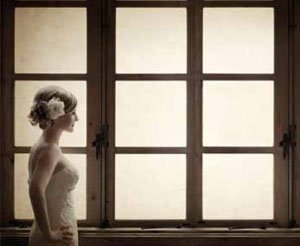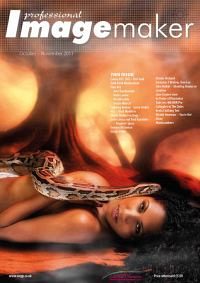articles/Composition/negativespace-page3
Negative Space Seeing What isn't There! - part 3 of 1 2 3 4
by Sofie Louca Published 01/10/2011

"...leave more of an impression on the viewer."
Positioning your subject in what we call negative space, ie the empty space in the image, can make your images stand out both creatively and emotionally. Busy backgrounds are distracting; they cut into the subject and draw the eye away from the main area of the image. Seeing the negative space in your composition and utilising it can help you create simple but powerful images. The negative space not only defines your subject but it also improves your images by providing the viewer with fewer distractions, allowing them to concentrate on the main subject - and your images automatically leave more of an impression on the viewer.

Negative space can also tell a story and provide emotion in an image. For example, a tight crop on a couple's faces can evoke a feeling of closeness and gives the viewer a feel for the depth of their relationship, while a solitary figure in a large expanse of negative space can portray loneliness. Using the landscape, the sky, or whatever backdrop, as part of your negative space can provide an image with power and create a dynamic photograph. Using the location around you also gives your clients a reminder of the moment they found themselves in. In your use of the negative space and composing an image, knowing when a vertical or horizontal crop or a tighter or loose crop is appropriate, especially when trying to create emotion, is where half the secret lies. For example, the first image below is what I call 'boxed in'. It's neither a tight nor loose crop and feels more like a snapshot. The second image on the other hand gives you a sense of location, emotion and romance.
Please Note:
There is more than one page for this Article.
You are currently on page 3
- Negative Space Seeing What isn't There! page 1
- Negative Space Seeing What isn't There! page 2
- Negative Space Seeing What isn't There! page 3
- Negative Space Seeing What isn't There! page 4
1st Published 01/10/2011
last update 09/12/2022 14:56:55
More Composition Articles
There are 31 days to get ready for The Society of Photographers Convention and Trade Show at The Novotel London West, Hammersmith ...
which starts on Wednesday 14th January 2026





